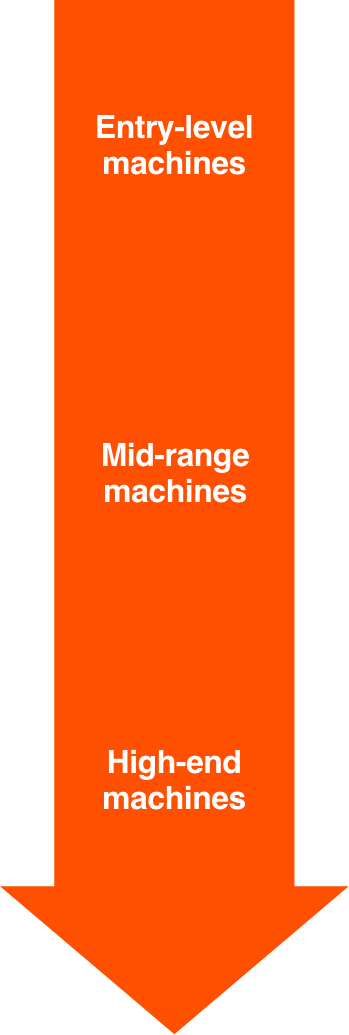5-Axis CNC Machine Price Guide
Download the Kingsbury 5-Axis CNC Machine Price Guide
Factors to consider when purchasing a 5-axis CNC machine
5-Axis CNC machines are versatile tools that can be used to create complex parts with high accuracy and precision. However, the price of these machines can vary widely depending on the features and specifications.
So, answering the question: “How much does a 5-axis machine cost?” is quite challenging.
It’s much like asking: “How much does a car cost?”. Several factors greatly impact a car’s price, including:
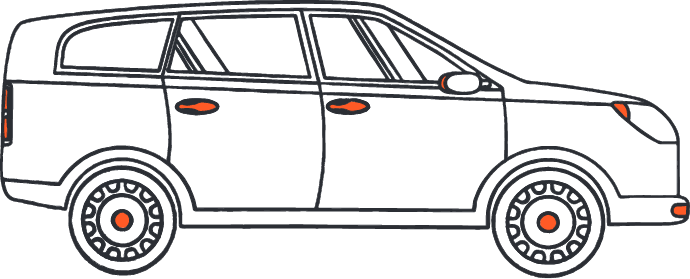
Brand
Size
Speed
Options
Drivetrain
The economy
Your location
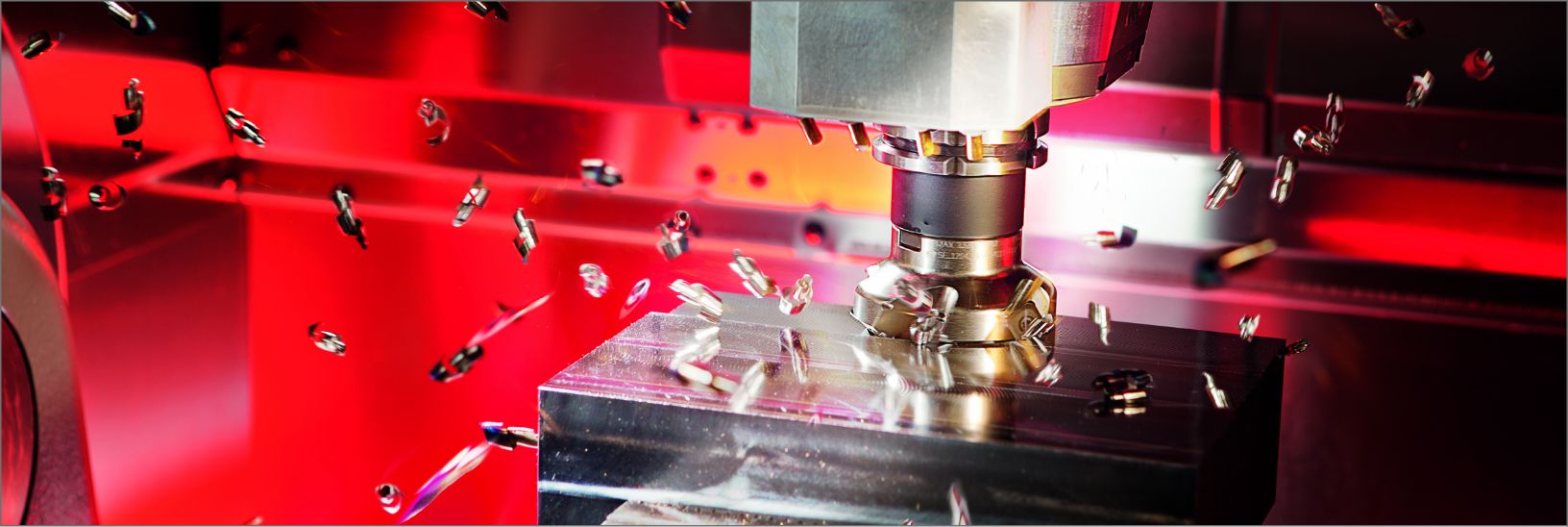
In much the same way, the price of a 5-axis CNC machine depends on a similar list of criteria:
The size of the machine
Larger machines for larger parts will generally cost more than smaller machines for smaller parts.
How the machine will be used
The application of your 5-axis machine has a massive impact on the cost. If you’re planning to use your machine to perform tough tasks around the clock, a high-end machine is probably the better choice.
Age
Again, much like our car example, an older model of 5-axis will probably cost less than a newer model at the expense of features and performance.
Machine accuracy
Generally speaking, the more expensive a machine, the more accuracy and surface finish quality you can expect. Higher quality machines cost more, but they produce better results.
Material choice
Different materials demand different characteristics from a 5-axis machine, like rigidity and spindle speed. For example, a machine intended for machining aluminium will feature a higher speed spindle and rapid traverse rates. Whilst a machine intended for tough alloys, titanium and steels will be more rigid, more powerful, and feature higher torque, but will likely have a slower, high powered spindle.
Brand
Some machine brands produce more budget-friendly machines, while others offer highly capable, higher-value machines.
What to expect from different 5-axis price points
What to expect from an entry-level 5-axis CNC machine:
- 3+2 machine configuration
- Smaller machines
- Less rigid, slower speeds, decent reliability
- Limited accuracy
- Generally suitable for softer metallics
- Greater cost depreciation
- Budget-friendly brands
- Smaller tool carousel
What to expect from a mid-range 5-axis CNC machine:
- Horizontal and vertical options
- Single base for machine tool
- Improved rigidity
- More compact
- Larger tool carousels
- More sustainably produced
What to expect from a high-end 5-axis CNC machine:
- Trunnion or swivel-head type machines
- Larger capacity machines
- Greater rigidity, speed and reliability
- Improved accuracy
- Options for a wide variety of materials
- Perfect for harder materials like titanium or nickel alloys
- Long-term cost-effectiveness
- Improved performance on prismatic parts
Pricing for new 5-axis CNC machines
Machine range |
Estimated price when new |
Estimated value after 3 years of use |
|---|---|---|
Entry-level(3+2 setup) |
£150,000 – £200,000 | 40% of original asking price |
Mid-range(Trunnion or Swivelling head) |
£200,000 – £300,000 | 50% of original asking price |
High-end(Trunnion or Swivelling head) |
£300,000 – £1,000,000 + | 60% of original asking price |
| Note: Price could reflect just a machine, or could be representative of a complete package, for example, automation, servicing and tooling packages.
Estimated value is based on a machine that is in good condition and has been well maintained. |
||
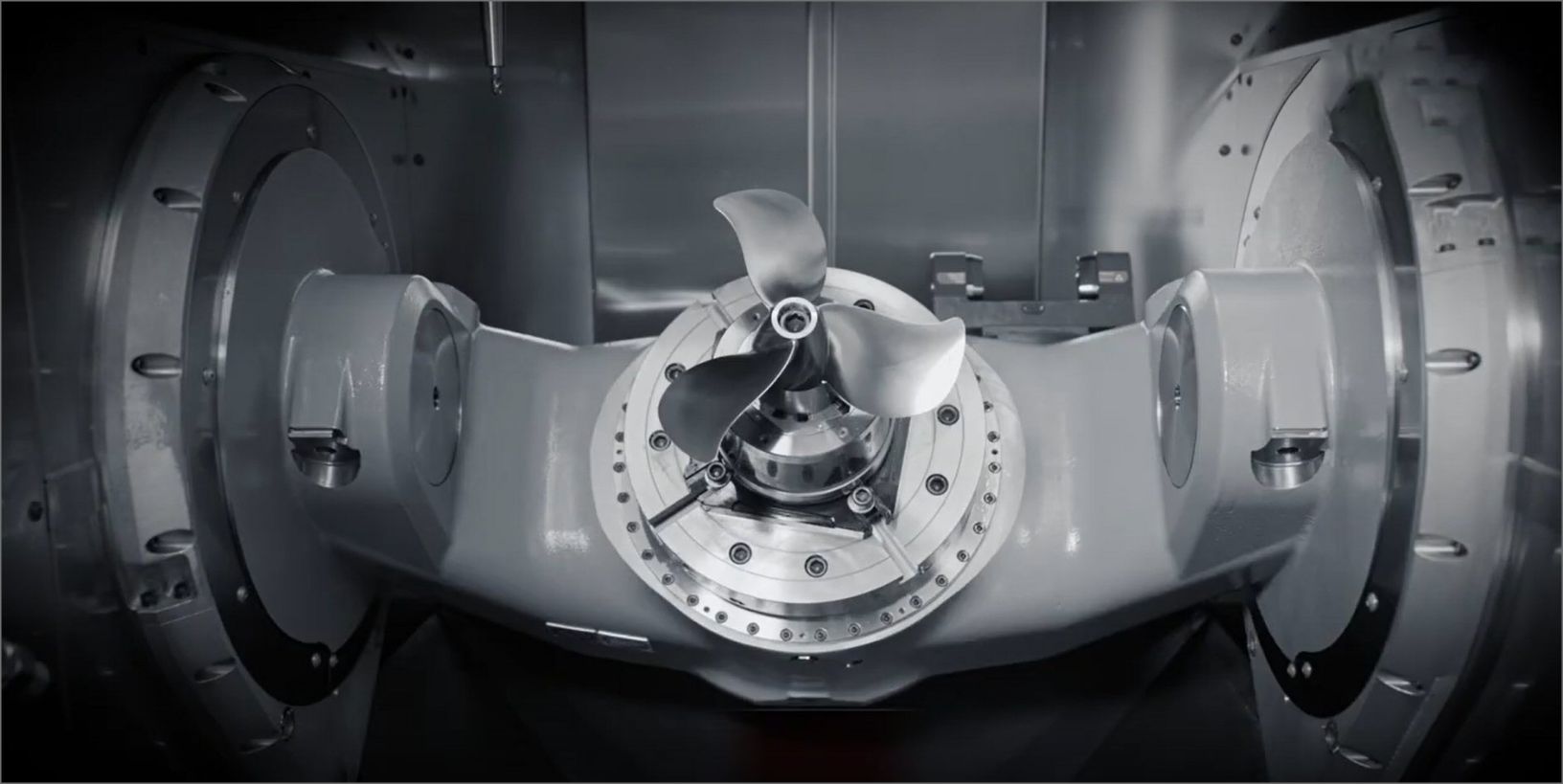
3+2, trunnion, swivel head:
How much can you expect to pay?
Feature |
3+2 5-axis |
Trunnion-type
|
Trunnion-type
|
|---|---|---|---|
| Cost | Less expensive than trunnion-type or swivel head-type machines | Less expensive than trunnion-type or swivel head-type machines | Most expensive of all three types of machines |
| Number of axes |
5 axes (3 linear + 2 rotary) |
5 axes (3 linear + 2 rotary) |
5 axes simultaneous (3 linear + 2 rotary) |
| Type of rotary axes |
Tilting workpiece or tool head |
Tilting workpiece or tool head |
Rotating platform that supports the workpiece |
| Accuracy and precision |
Lower accuracy and precision than trunnion-type or swivel head-type machines | Lower accuracy and precision than trunnion-type or swivel head-type machines | Highest accuracy and precision of all three types of machines |
| Applications | Ideal for machining simple parts | Ideal for machining simple parts | Ideal for machining the most complex parts with the highest accuracy and precision |
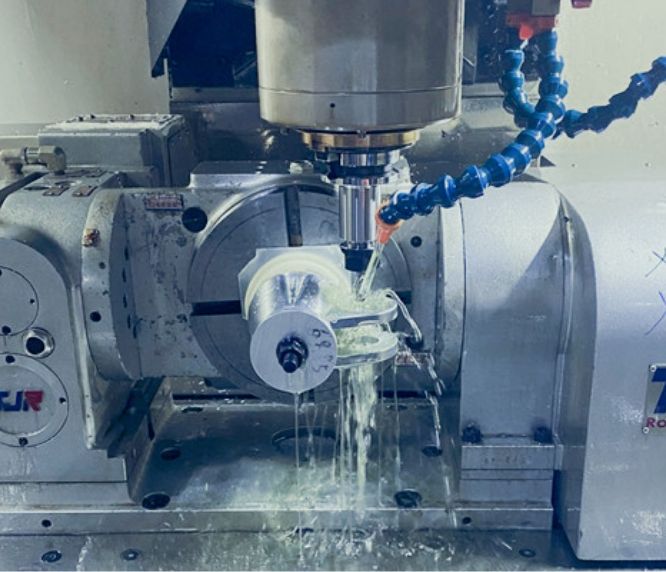
How much does a 3+2 5-axis CNC milling machine cost?
Those looking for the most budget-friendly entrance into the world of 5-axis machining may want to consider a 3+2 configuration.
Here, the addition of a tilting table helps position the part to the spindle, providing two extra axes of movement. A disadvantage is that these two extra axes have to remain locked while the part is machined.
Guide price: £150,000
How much does a trunnion-type 3+2 milling machine cost?
Trunnion-type 3+2 machines work differently from their 3+2 counterparts in that the trunnion table is integrated into the machine, improving accuracy and rigidity.
This style of 5-axis machine is popular for mutli-faced machining, allowing components to be produced with minimal operations.
Guide price: £200,000
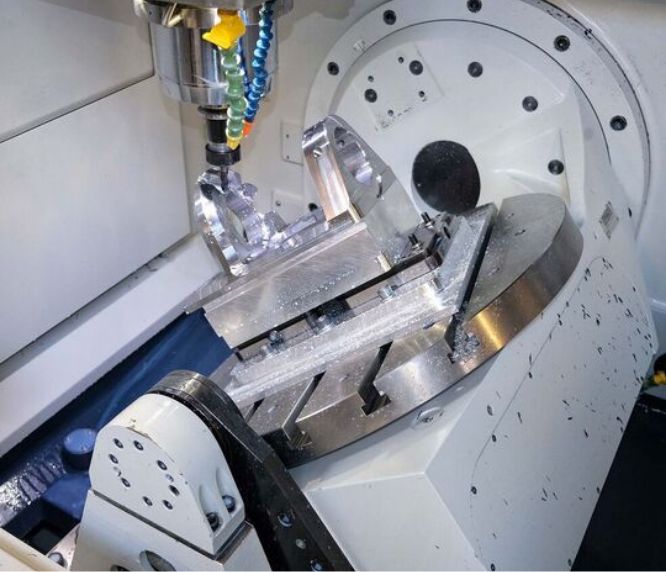
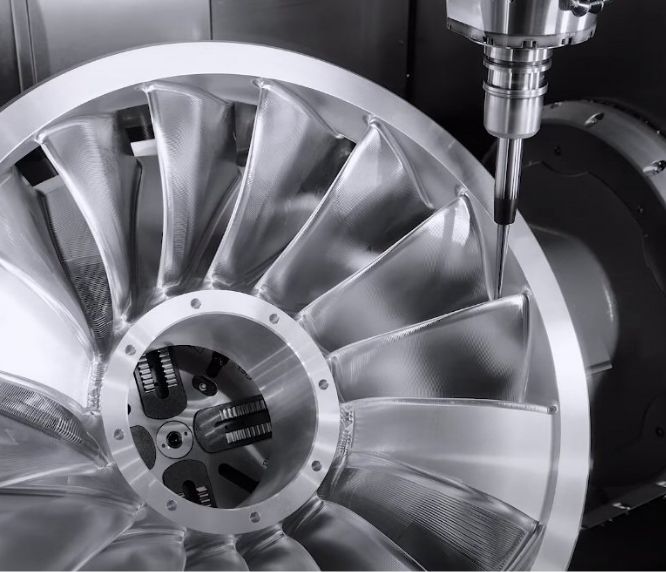
How much does a trunnion-type simultaneous 5-axis machine cost?
With an integrated rotary table, increased rigidity and increased chip control, trunnion-type simultaneous 5-axis machines have the highest accuracy, versatility and precision of all three types of machines.
They are also generally the highest value and most capable choice.
Guide price: £300,000 +
Why invest more in a 5-axis machine?
A higher-end 5-axis CNC machine will cost you more initially, but if you’re capable of using the machine to its full potential, the investment will pay itself back.
Greater speed, reliability, and component quality will help drive profits in the future.
Improved accuracy and precision
High-end 5-axis CNC machines are capable of producing higher quality componentry. These machines are more ridgid and demand a higher price, but the result is better quality parts, less scrap and even increased productivity.
Faster machining
Spindle speed and feed rates can increase as you spend more, speeding up production and reducing cost-per-part.
Longer lifespans and improved value
As with many other products on the market, increased costs can mean higher build qualities, resulting in less maintenance and a better price when you come to sell.
Better surface finishes
The appearance, qualities and surface finish of parts produced on the best machines are generally better than those produced on more budget-friendly machining centres.
Greater flexibility
A good 5-axis machine might cost more upfront, but it will be able to work with a greater range of materials and produce a wide variety of component types.
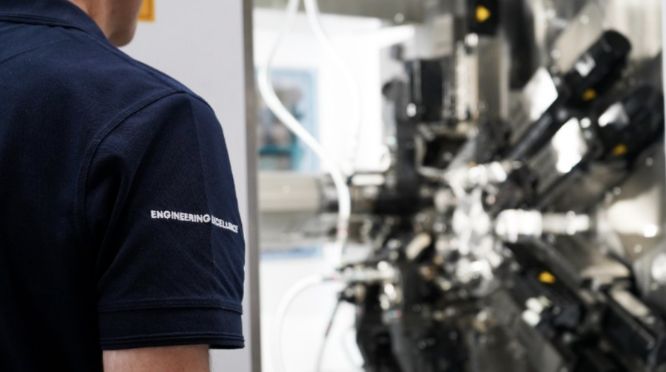
Pre-owned 5-axis machines: what to expect
The price of a used 5-axis machine can vary more than the cost of a new one for a number of reasons:
The age of the machine
Newer machines tend to the more expensive than older machines, however the quality of the machine plays a big factor.
Maintenance and care
Well looked-after machines will be pricer.
Options and specifications
Purchasing a high-specification pre-owned machine that is loaded with options could still be expensive.
Production hours
You can expect to pay less for a machine that has been used extensively in production.
Brand and machine type
A 5-axis machine from a reputable brand will hold its value better than a machine from a budget brand.
Summary:
5-Axis CNC machines can range anywhere from £90,000 for an entry-level unit to over £1,000,000 for a powerful, high-end machine coupled with a complete package of automation and other extras.
If a manufacturer can keep uptime high and can take advantage of a 5-axis’ increased performance, investing is a smart choice.
As with any purchase, it’s a good idea to invest in the future and secure a 5-axis that has the potential to grow with your business.
A good 5-axis investment should come with a strong service partner, like Kingsbury. They’ll help you set up and get the most out of your machine, train your operators and keep the machine running without fault.
